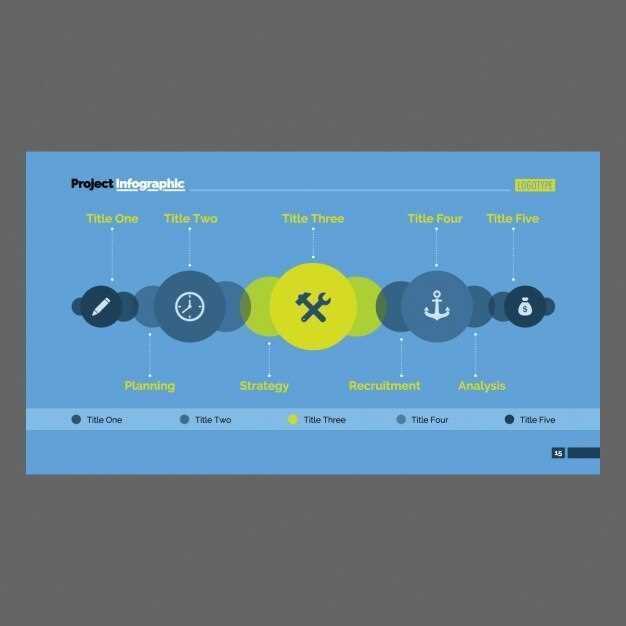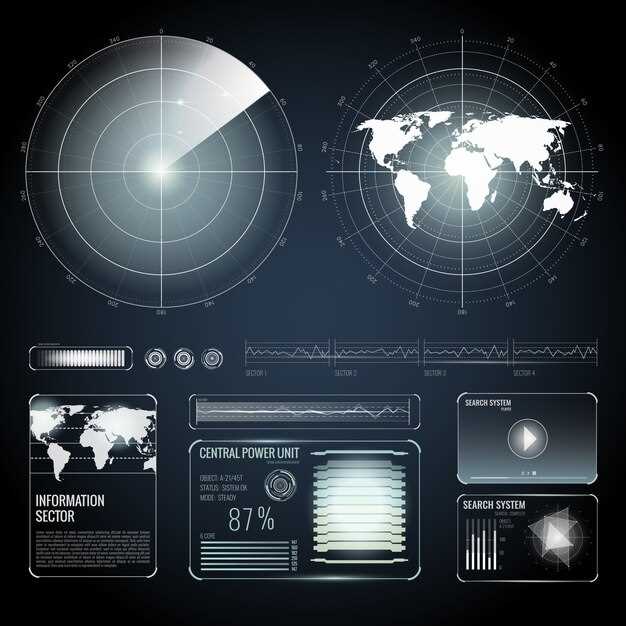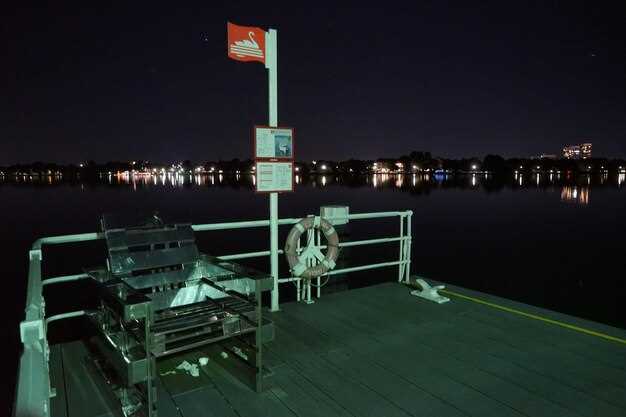
In the world of boating, understanding the importance of navigation lights and signals is crucial for safe travel on the water. These lights are essential not only for ensuring the safety of your vessel but also for complying with maritime regulations. The ability to recognize and respond to various lights can be the difference between a smooth journey and a potential accident.
Navigation lights serve multiple purposes, including indicating a vessel’s position, direction, and status to other boats. They help prevent collisions, especially during nighttime or in low-visibility conditions. Each light or signal has a specific meaning, making it imperative for every boater to be familiar with these systems.
This comprehensive guide aims to equip boaters with the knowledge required to understand and correctly interpret navigation lights and signals. By mastering these concepts, you will enhance your boating experience and ensure a safer environment for yourself and fellow mariners. Whether you are a seasoned sailor or a novice, being well-versed in navigation protocols is essential for any boating adventure.
Understanding the Color and Pattern Significance of Navigation Lights

In the realm of boating, navigation lights play a crucial role in ensuring safe travel on the water. These lights are essential not only for visibility but also for adhering to international navigation laws. Each color and pattern carries specific meanings, helping boaters communicate their position and direction to others in the vicinity.
Red and Green Lights are primarily used to signify the lateral positioning of vessels. A red light is placed on the port (left) side, while a green light is on the starboard (right) side. When navigating in darkness or reduced visibility, seeing a vessel’s red light indicates that the boat is approaching from the left, while a green light means it is coming from the right. Understanding these colors is vital for safe passing and navigation avoidance.
Another important navigation light is the white light, which typically indicates the aft (rear) of a vessel. When combined with the side lights, it helps define a vessel’s orientation. A vessel under power generally displays a white stern light, allowing other boaters to identify its direction. Furthermore, vessels over 50 meters are required to have additional white masthead lights that enhance visibility over greater distances.
Flashing and Special Lights add further layers to navigation. For instance, vessels engaged in fishing often display specific lights to signal their activities. A flashing blue light might denote a fishing vessel, while an all-around white light can indicate an anchored boat, ensuring that all nearby vessels are aware of its position and status.
Understanding these colors and patterns is not just a matter of boating etiquette but is enforced by maritime laws. Failing to display proper navigation lights can lead to accidents and legal repercussions. Thus, compliance with navigation regulations enhances safety for all waterway users, fostering a more secure boating environment.
In summary, the color and pattern of navigation lights serve as a fundamental communication tool among boaters. Familiarity with these signals equips mariners to navigate effectively and responsibly, mitigating risks and ensuring adherence to laws governing navigation.
Navigating Legal Requirements for Boat Navigation Lights

Understanding the laws surrounding navigation lights is essential for safe and compliant boating. Different regions may impose varying regulations; thus, boaters must familiarize themselves with these stipulations to avoid penalties and ensure safety on the water.
In many jurisdictions, navigation lights are mandated by national and international maritime laws. These regulations specify the types and configurations of lights required for different vessels based on their size and type–ranging from recreational boats to commercial ships. Failure to adhere to these laws can not only endanger your safety but also lead to substantial fines or legal issues.
The International Regulations for Preventing Collisions at Sea (COLREGs) provide a framework for vessel lighting requirements. For instance, all vessels are required to have a red and green sidelights, which indicate their port and starboard sides, respectively. Additionally, a white stern light and an all-round white light are necessary for larger vessels, ensuring visibility from all angles. Understanding these specifications is crucial for compliance and effective boating.
Local and regional laws may further specify how and when navigation lights should be used. For example, some areas require the use of navigation lights at all times after sunset and during poor visibility conditions, while others may have regulations that are more relaxed. It is important for boaters to review local regulations before heading out into the water.
Furthermore, maintaining your navigation lights is vital for legal compliance. Regular checks and timely replacements of bulbs or malfunctioning equipment ensure that your vessel remains in adherence to the laws governing boating navigation lights. Staying informed and proactive can avert potential safety hazards and legal complications.
In summary, navigating the legal requirements for boat navigation lights demands a clear understanding of both nationwide and local regulations. Compliance with these laws is essential for the safety of all maritime activities, ensuring that boaters respect the rights of others and maintain safe waterways.
Practical Tips for Maintaining and Using Navigation Signals at Sea
Proper maintenance of navigation lights is essential for safe boating. Regularly inspect your lights for any signs of damage, corrosion, or burnout. Ensure all connections are tight and free of moisture to avoid electrical failures. Clean the lenses regularly to ensure maximum visibility, as dirt and debris can significantly reduce light output.
Familiarize yourself with the navigation laws relevant to the waters you are navigating. These laws dictate the required lighting for different types of vessels. Understanding these regulations helps ensure compliance and promotes safety during night operations.
When using navigation lights, ensure they are activated before sunset and remain on until dawn, or during any period of reduced visibility. This practice enhances your vessel’s visibility to other boats and ensures that you are easily identifiable in various conditions.
Carry spare bulbs and fuses on board. Having replacements readily available can significantly decrease downtime in case of a failure while out on the water. Consider investing in LED lights, which have a longer lifespan and lower power consumption compared to traditional incandescent bulbs.
Understand the significance of your signals. Different navigation lights convey specific information about your vessel’s intentions and status. Make sure to communicate clearly with other boats by adhering to the standard lighting configurations, which indicate whether you are at anchor, under sail, or underway.
Conduct periodic drills with your crew to practice using navigation signals effectively. Ensure everyone understands their roles and the relevant communication protocols, as proper signaling can prevent accidents and misunderstandings on the water.



